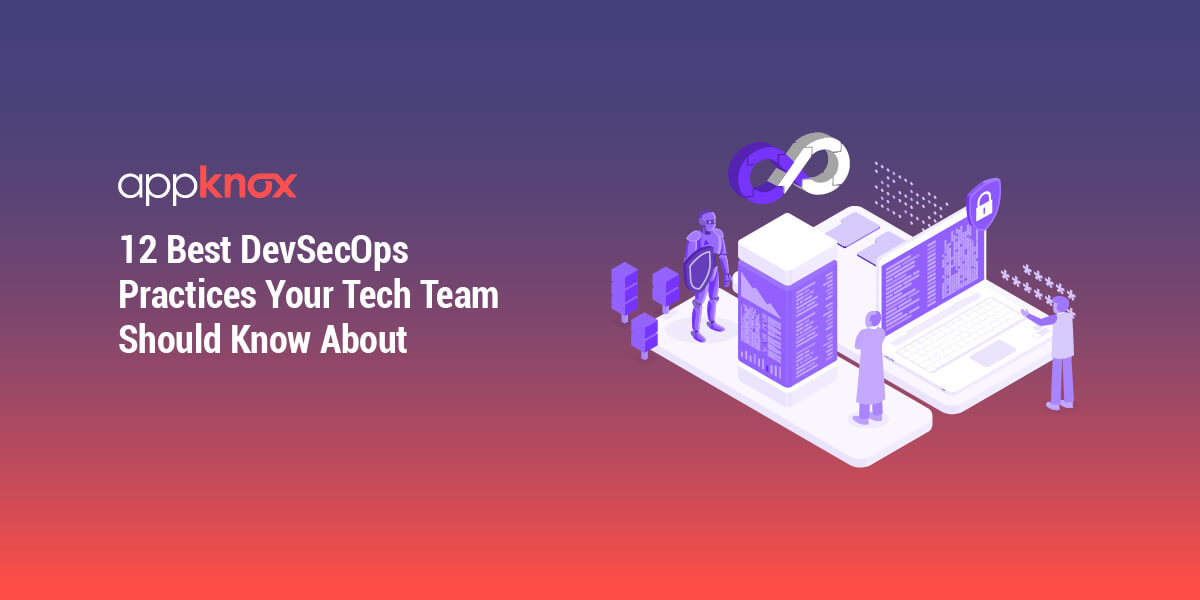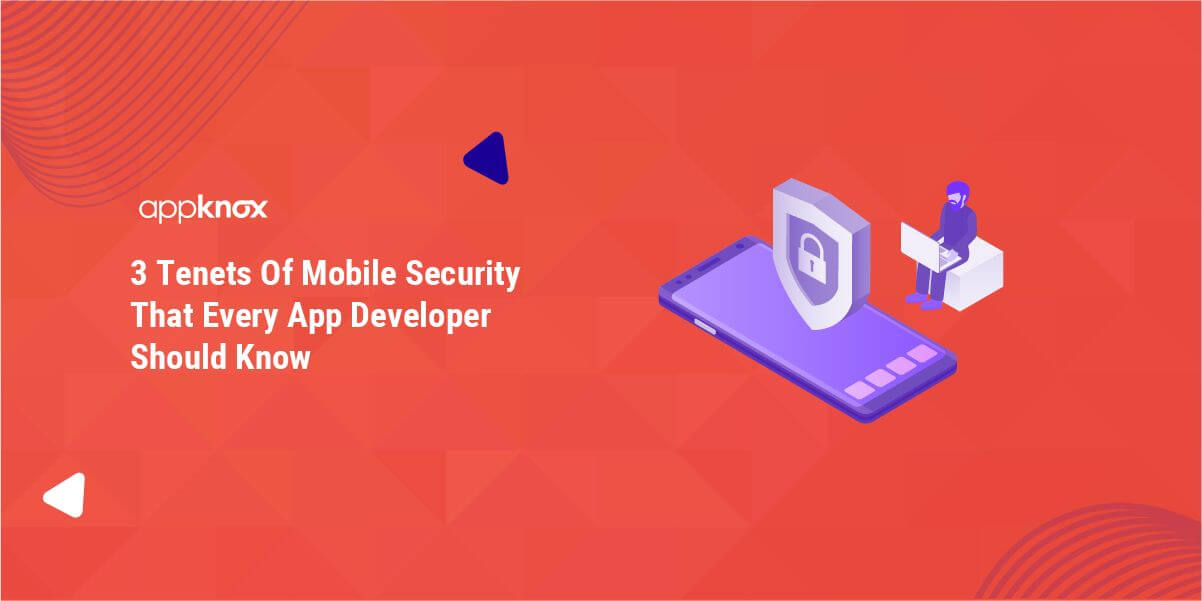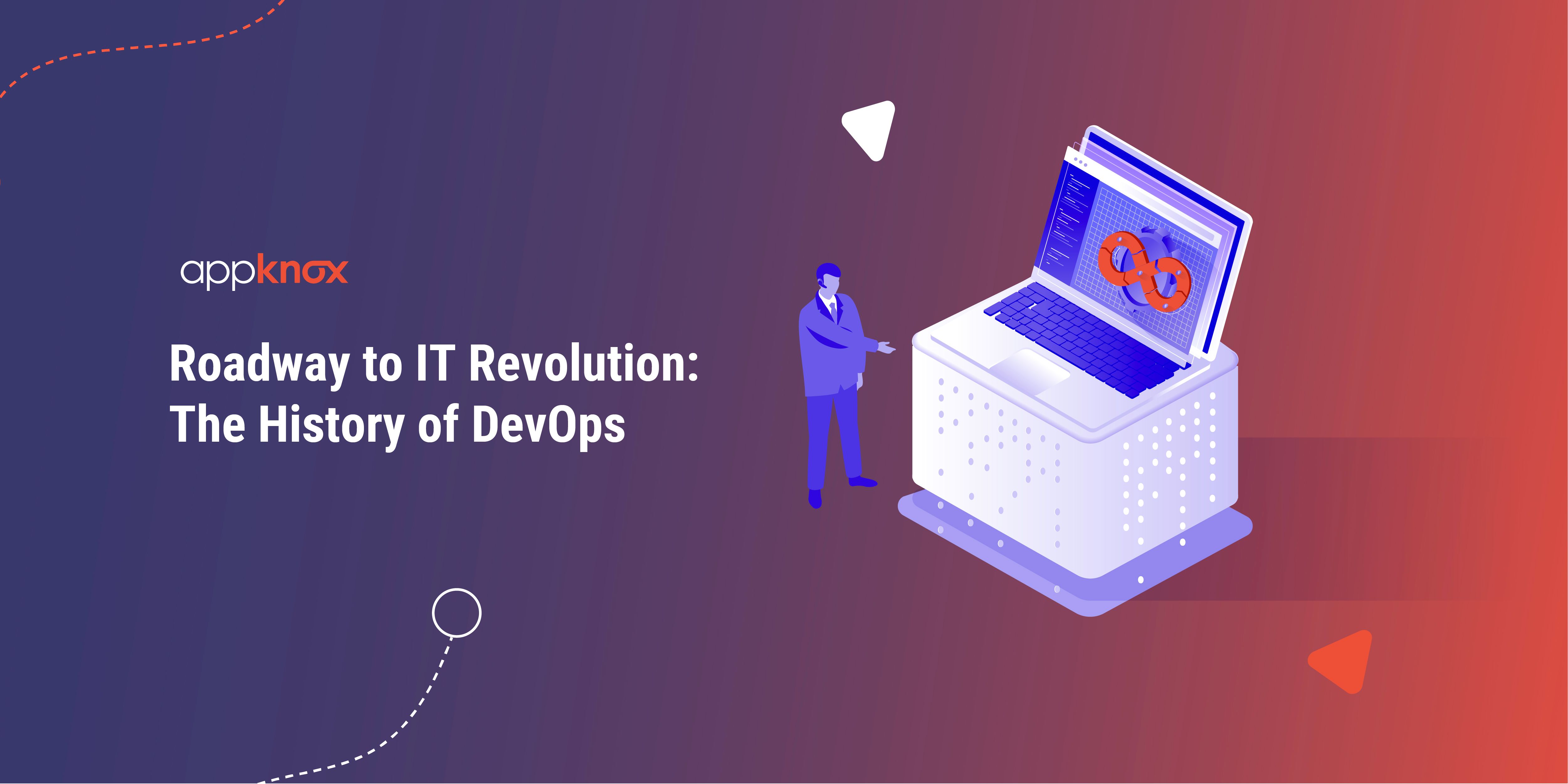The elevation of DevOps with Security, is known as DevSecOps. This elevation has become quite necessary for modern IT firms in recent times as for them developing secure software while meeting the market speed and scale needs has always been a paradox. Because of the fear of lagging behind in terms of speed to market, businesses tend to sacrifice security. That is why adopting DevSecOps and building security into software right from the start becomes an obvious solution. Sooner or later, this strategy is going to conquer the field of software development.
“Enterprises are sacrificing mobile device security for greater speed (62%), more convenience (52%), or the opportunity to gain greater profitability (46%).”
- ForbesIt is essential to integrate IT security with your Development and Operations team as security plays an important role in the life cycle of your application, hence transitioning DevOps to DevSecOps. However, when this transitioning process from DevOps to DevSecOps takes place, companies often encounter a common set of obstacles. The majority of tech teams of a company lack adequate knowledge of DevSecOps implementation. Following the DevSecOps best practices, on the other hand, can easily mitigate such worries.
Now that we've covered why it is necessary to transition to DevSecOps, let's understand what the word 'DevSecOps' actually means and what it constitutes.
What is DevSecOps?
The combination of development, security, and operations is referred to as DevSecOps. It's a culture, automation, and platform design approach that emphasizes security as a shared responsibility across the IT lifecycle.
DevSecOps involves designing applications and infrastructure with security in mind right from the start. It also includes automating some security checkpoints to avoid slowing down the existing DevOps process. Choosing the correct tools to continuously integrate security, such as deciding on an Integrated Development Environment (IDE) with security capabilities, can assist in achieving these objectives.
Advantages of Undertaking DevSecOps Practices
There are numerous advantages to incorporating security into the software development lifecycle at every stage. The most important ones are given here:
1) Cost Reduction: Cost reduction is possible by recognizing and resolving security issues early in the development process.
2) Quick Delivery: As security bottlenecks are reduced or removed, delivery speed improves.
3) Fast Recovery: The use of templates and pet/cattle methods improves the speed of recovery in the event of a security problem.
4) Enhanced Monitoring: Increased threat intelligence, as a result of improved monitoring and auditing, minimizes the risk of a breach, avoiding unwanted publicity and reputational harm (to say nothing of regulator fines).
DevSecOps practices enable businesses to innovate safely at speed and scale. The entire cost of complying with legislation and governance standards is decreased, and the speed of software delivery is enhanced. Simultaneously, increased transparency allows for better threat intelligence across the board as well as considerably faster reaction and recovery times.
Unveiling the 15 Best DevSecOps tools
One of the most essential characteristics of DevSecOps is that it challenges traditional security teams' integration with the rest of the company. Changing behaviors and boosting awareness throughout a company's many levels is a difficult process that necessitates following some of these best practices.
1) Develop a DevSecOps Culture
Simply having the correct DevSecOps practices and capabilities will not be adequate if the company culture – which is built-in people across all aspects of a business – prevents such practices and capabilities from being appropriately leveraged.
Historically, the security team has been a bottleneck in the release process. They become the "Department of "No"," and as a result, they become marginalized over time, reinforcing a downward circle of team disintegration. DevSecOps strives to break down these boundaries and prevent security from becoming its own echo chamber, establishing policies and infrastructure without compromising the whole business.
When DevSecOps is fully implemented, there is no longer a single "Security Team," but rather a company-wide security attitude that is always developing.
2) Automation is the Key
When it comes to balancing security integrations with speed and scale, automation is essential. DevOps adoption already prioritizes automation, and DevSecOps adoption follows suit. Teams can adopt DevSecOps best practices by automating security tools and processes.
Automation guarantees that tools and processes are used in a consistent, repeatable, and reliable manner. It's critical to figure out which security operations and processes can be totally automated and which ones require human interaction.
Running a SAST tool in a pipeline, for example, can be completely automated; however, threat modeling and penetration testing involve manual intervention and cannot be automated. The same can be said of procedures. In a pipeline, sending input to stakeholders can be automated; however, security sign-offs require some user effort.
3) Keep a Check on Coding Practices
All coding standards must be reviewed against updated security recommendations on a regular basis. Setting it up to be event-driven is a great approach to uncovering vulnerabilities as quickly as possible (there's a large difference between finding an issue on day one versus day zero!).
All code modifications must be checked and tested against security guidelines; no change is too minor throughout this procedure. This is not a simple task, and the advantages of such techniques should not be overlooked; they are not limited to the number of modifications that occur during the development process.
4) Scan the Source Code Thoroughly
Source code should be scanned thoroughly by implementing Static Application Security Testing (SAST). SAST is a software composition analysis technique that scans the source code repository, usually the master branch, for vulnerabilities and does software composition analysis. It can be included in existing CI/CD operations.
5) Utilize CI/CD for Patching
With the help of CI/CD pipelines, patching live systems is no longer necessary, reducing the impact of downtime. This also enables risk exposure to be determined in near real time. Vulnerability patching would no longer have to be a monthly hassle if it were included in the CI/CD pipelines. It would just be integrated into the way software is delivered.
6) Audit and Scan Applications
Auditing and scanning are critical parts of DevSecOps that help businesses understand their risk posture completely. As indicated in the organization's risk appetite, appropriate scanning and periodic auditing represent a higher level of code security assurance.
7) Pre-Deployment Auditing is a Must
To ensure the desired level of security, pre-deployment auditing becomes a must in the software development cycle. The check is event-driven, meaning it is triggered whenever the target code is modified. Since this is the last chance before the exit, validations should be prohibited and required to be integrated into a CD pipeline.
This idea can be applied to infrastructure-as-code to improve compliance by assuring that not just your software, but also the infrastructure on which it is deployed, is compliant by default. Here, tools like terraform-compliance and HashiCorp Sentinel are useful.
This method of auditing also has the advantage of involving security teams early in the software development process rather than waiting until the end to announce their requirements.
8) Shift Left Testing
Originally, Security used to be an afterthought in the development process of Software. With the innovation of DevSecOps, this approach to security has been shifted. The direction for this shift is defined as the Shift Left Testing.
Shift Left Testing is done earlier in the Software Development Lifecycle and makes it easier to identify vulnerabilities from the get-go. This makes the security analysis easier and highly improves the quality of the application.
9) Adopt Threat Modeling
Before you shift to DevSecOps, it's highly recommended to do baseline threat modeling and conduct thorough risk assessments. A threat modeling exercise can assist your security organization in better understanding the existing threats to your assets and any gaps in security controls that need to be addressed. Other security approaches may have missed problems in the architecture and design of your apps, but threat modeling can assist discover them.
10) Dynamic Application Scanning Tool (DAST)
Dynamic Application Scanning Tools (DAST) are designed to scan live staging and production websites in order to identify vulnerabilities in input fields, forms, and other parts of the web application. It's critical to understand that whenever you allow users to provide you with data (form fields, query strings, HTTP headers, and so on), you're allowing them to provide data that your web server or application code will have to deal with.
11) Post-Deployment Auditing is Important
When compared to pre-deployment auditing, post-deployment auditing is also event-driven, but the events that trigger checks include both policy and code modifications. A check is triggered when either the infrastructure or the standards (rules) that that infrastructure must meet change.
The goal of Post-Deployment Auditing is to guarantee that the certified security level you obtained during Pre-Deployment Auditing is still valid and appropriate. As a result, the number of Post-Deployment tests frequently outnumbers the number of Pre-Deployment tests.
12) Consider Host Hardening
Host hardening is not a novel concept, but if it were employed more frequently, fewer services and applications would be exposed to the internet unnecessarily. Most of the security loopholes can be linked to leaving a generic attack surface that allows automated attack tooling to succeed in even the most basic attacks.
Using security capabilities intrinsic to your OS (e.g. kernel security modules in Linux) and minimizing the attack surface by not installing or executing anything that isn't essential for the main application make this work easier.
13) Scan External Vulnerabilities
External scanning provides a slew of advantages. By doing these scans, you're taking a proactive approach to protect your network. External scans reveal flaws in your network that could lead to a security breach.
You may quickly discover the most critical issue within your network by looking at it from this perspective. You may also see whether any new services or servers have been installed since the last check and if they pose any new threats to your company.
14) Use Multi-factor Authentication
A majority of apps are implementing multi-factor authentication to their softwares as a precautionary measure. Multi-Factor Authentication is an additional layer of security. In this type of authentication, a user has to provide more than one piece of evidence to confirm their identity and only then will they be allowed access to a certain resource.
Even in the case of password compromise,Multi-factor Authentication will help prevent unauthorized access to resources.
15)Implement a Disaster Recovery Plan (DRP)
In terms of security, a disaster can be defined as a breach or any other incident where a system is compromised. A Disaster Recovery Plan (DRP) is a document that specifies what steps should be taken in said disaster.
The DRP should have essential details in concern to the restoration of the system after a disaster. It helps in minimizing the impact of the disaster and ensures your company's recovery in time.
Conclusion
The main problem faced in terms of DevSecOps is the lack of awareness. This blog resolves that by informing the best ways to integrate security into your softwares and also goes into details on how to go about implementing these practices.
Once you've read through these practices, and how they benefit your firm, it is time to discuss these with your tech team and figure out the best way to put them into practice.
Are you Interested in learning more about your Mobile application's security? Check out Appknox’s features and how they can help you improve your app performance.




 Gartner and G2 recommends Appknox | See how we can help you with a free Demo!
Gartner and G2 recommends Appknox | See how we can help you with a free Demo!
 Subho
Subho










_HighPerformer_HighPerformer.png)
_BestEstimatedROI_Roi.png)

